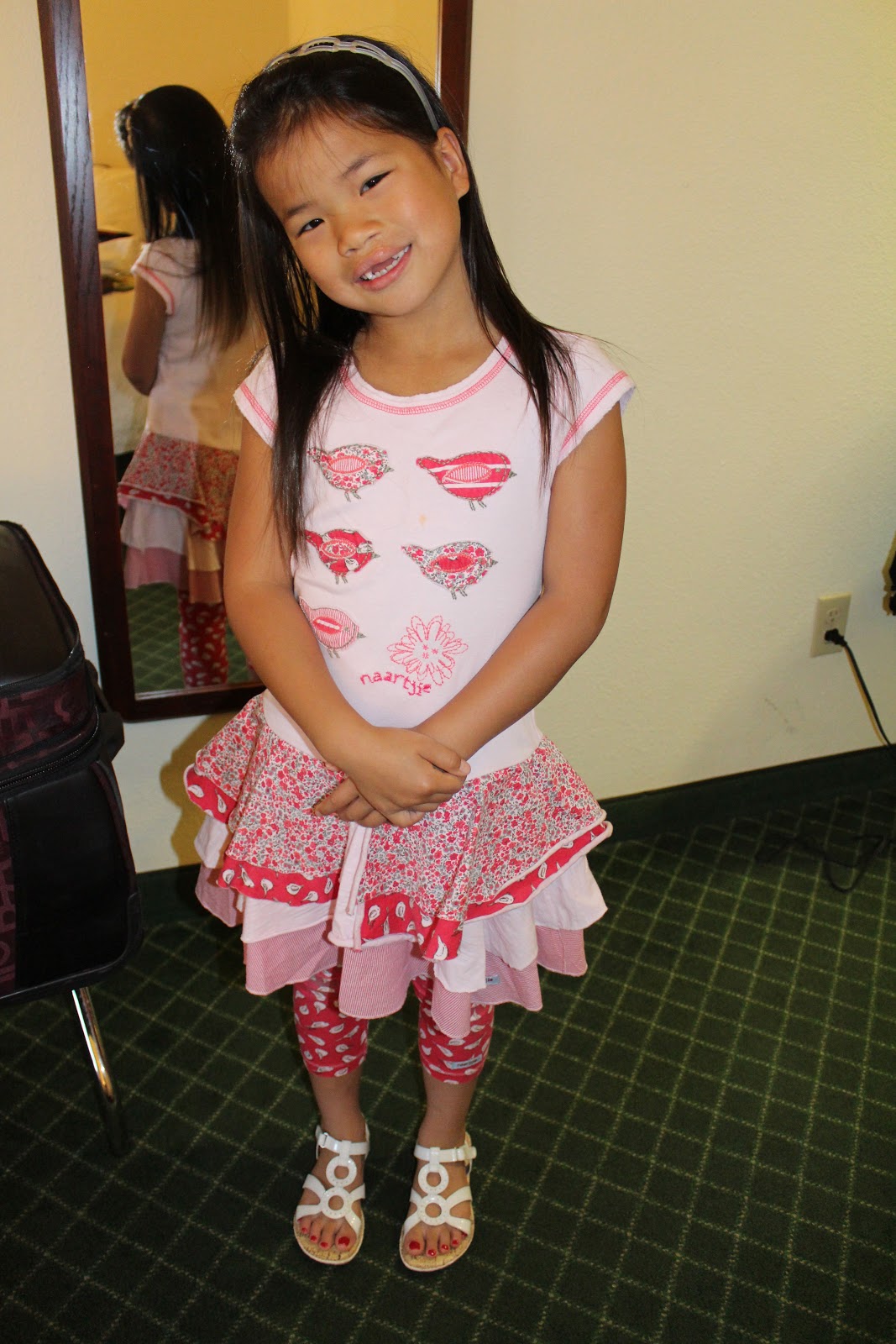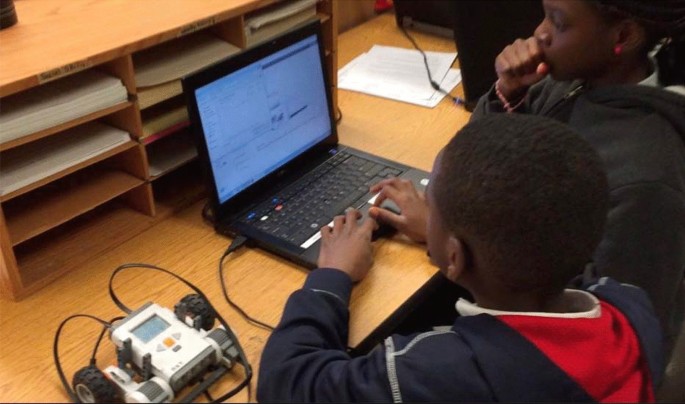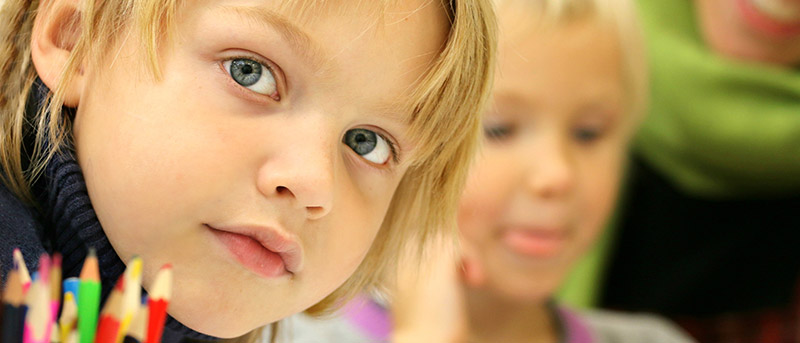A Mother Tells Her Daughter: Show Us How You Play Babies – The Heavy Analysis
In the evolving narrative of parenting, societal expectations, and cultural representations, one poignant story emerges: a mother’s journey through calorie counting and the unfiltered depiction of childhood innocence. This article delves into the deeper implications of such narratives, especially as portrayed in the upcoming release of The Heavy, which expands on themes initially touched upon in a Vogue article.
Understanding the Cultural Context of Childhood Imagery
The representation of children in media often oscillates between the extremes of adorableness and misplaced innocence. When a mother urges her daughter to showcase her play, it unravels complex layers of societal expectations. The images crafted around children not only capture a moment of play but also echo a deeper cultural narrative that intertwines with issues of sexuality and spirituality.
The Heavy Burden of Innocence

To frame children as adorable is to simultaneously invest in a problematic perception—one that could be interpreted as imbued with misplaced sexuality or an unrealistic view of spirituality. These depictions often mask the harsh realities faced by marginalized communities. The juxtaposition of innocence with these heavy themes presents a critical lens through which we can explore the implications of child imagery in modern culture.
The Myth of the “Bad Black Woman”
In examining the narratives surrounding Black women and children, we must confront the myth of the « bad black woman. » This stereotype, perpetuated by societal norms, places an undue burden on both the Black woman and the Black child. The portrayal of Black women through the lens of true womanhood is fraught with contradictions, where they are often seen as the savage child or the irresponsible mother. Such images not only dehumanize but also restrict the multifaceted identities that Black women embody.
Contradictions in Representation
While Riggs articulates the struggle against the « bad black woman » narrative, Townes delves deeper into the complexities of Black womanhood. The representations are filled with contradictions that compel us to question the very foundations of these portrayals. It raises the critical question: What does it mean to present Black children in media? Are they merely symbols of innocence, or do they carry the weight of societal expectations and prejudices?
The Harsh Realities of Childhood in America
As we explore childhood, we cannot ignore the darker truths embedded in this narrative. Consider the tragic events that have marred the innocence of youth—mass shootings, abuse, and societal neglect. The Sutherland Springs tragedy, where lives were brutally lost, exemplifies the stark reality that children face today. Such incidents cast a long shadow over the simplistic narratives often presented in media.
Visual Narratives of Childhood and Trauma
Moreover, photography plays a crucial role in depicting the trauma experienced by children. Investigative efforts to capture the realities of child labor, abuse, and neglect have unveiled uncomfortable truths. For instance, Hine’s documentation of child labor offers a critical insight into the lives of children who are often unseen and unheard. These narratives prompt us to consider: how do we protect childhood in a world filled with violence and neglect?
The Role of Parents in Shaping Healthy Lifestyles
In light of the pressures surrounding childhood, it is essential for parents to model healthy lifestyles. The mother in The Heavy embodies this struggle as she grapples with her child’s eating patterns and societal expectations. The pressures to conform to idealized images of health can be overwhelming, particularly in a society inundated with conflicting messages about body image and nutrition.
Leading by Example

Parents play a pivotal role in shaping their children’s perceptions of food, health, and self-image. By adopting positive habits and demonstrating a balanced approach to nutrition, parents can instill values that promote a healthy lifestyle. This journey towards fostering a healthy relationship with food is not just about physical health; it also encompasses emotional and psychological well-being.
Promoting Awareness of Mental Health in Children
With the increasing prevalence of anxiety and stress among children, it is crucial to address mental health concerns alongside physical health. As the demands of school and extracurricular activities mount, children can feel overwhelmed, sometimes literally carrying the weight of the world on their shoulders. This mental burden necessitates an open dialogue about mental health and the importance of seeking help.
Empowering Children Through Understanding
To combat these issues, parents and educators must cultivate environments that empower children to express their feelings and seek support. Programs that promote emotional intelligence and resilience can provide children with the tools they need to navigate challenges effectively.
Conclusion: Navigating the Complexities of Childhood
In examining the layers of childhood representation, societal expectations, and the heavy narratives surrounding them, we confront the urgency of advocating for authentic portrayals of childhood. The nuanced discussions presented in The Heavy shed light on the complexities of parenting in today’s society, challenging us to rethink our perceptions of innocence and the roles we play in shaping our children’s lives.
By fostering awareness and empathy, we can strive for a future where children are seen not just as symbols of innocence, but as individuals with their own experiences, challenges, and triumphs.

The Impact of Exercise on Healing from Child Abuse
Child abuse remains a significant issue in our society, affecting millions of children each year. The trauma caused by abuse can lead to severe emotional and physical consequences, and it’s crucial to explore effective avenues for healing. One powerful tool in this recovery process is exercise. This article delves into how physical activity can help both survivors of child abuse and their caregivers find strength, resilience, and improved well-being.
Understanding the Scope of Child Abuse
Child abuse is more prevalent than many realize. According to recent estimates, millions of children experience various forms of abuse annually, with thousands tragically losing their lives as a result. These numbers underscore the urgent need for comprehensive support systems for affected children and their families.
The Healing Power of Exercise
Physical Benefits of Exercise
Engaging in regular physical activity offers numerous health benefits. For survivors of child abuse, exercise can:
- Enhance Physical Health: Regular activity strengthens the heart, improves circulation, and boosts immunity.
- Increase Energy Levels: Physical activity can combat fatigue and increase stamina, helping survivors feel more vibrant and active.
- Promote Better Sleep: Exercise has been shown to improve sleep quality, which is often disrupted by trauma and stress.
Emotional and Psychological Benefits
The emotional scars of abuse can be profound. Exercise provides a pathway for emotional healing in several ways:
- Reduces Symptoms of Anxiety and Depression: Physical activity releases endorphins, the body’s natural mood lifters, helping to alleviate feelings of anxiety and depression that often accompany trauma.
- Builds Resilience: Regular exercise fosters a sense of accomplishment and empowerment, contributing to greater resilience in the face of life’s challenges.
- Enhances Self-Esteem: As survivors set and achieve fitness goals, they can develop a stronger sense of self-worth and confidence.
Creating a Supportive Environment for Exercise
Involving Caregivers
It’s essential to involve caregivers in the exercise journey. Here’s how they can help:
- Participate Together: Engaging in physical activities as a family can strengthen bonds and provide a sense of safety and support.
- Encourage Outdoor Activities: Nature has healing properties. Activities like hiking, biking, or simply walking in a park can be both enjoyable and therapeutic.
- Support Group Exercise: Joining community sports teams or exercise classes can foster a sense of belonging and community, which is vital for emotional recovery.
Finding the Right Activities
Different activities resonate with different individuals. Here are some suggestions:
- Yoga and Mindfulness: These practices focus on the mind-body connection, promoting relaxation and emotional healing.
- Team Sports: Sports like soccer or basketball encourage teamwork and camaraderie, which can help build social skills and friendships.
- Dance: Dance is an expressive form of exercise that can be both fun and liberating, allowing for emotional expression through movement.
Addressing Barriers to Exercise
Common Obstacles
Survivors of child abuse may face barriers to engaging in physical activity, such as:
- Low Motivation: Feelings of worthlessness or hopelessness can diminish the desire to exercise.
- Physical Limitations: Some may have sustained injuries or have health conditions that make certain activities challenging.
- Emotional Triggers: Certain environments or situations may provoke memories of trauma, making exercise difficult.
Strategies to Overcome Barriers
To encourage consistent exercise, consider these strategies:
- Set Small, Achievable Goals: Start with short, manageable workouts to gradually build confidence and motivation.
- Create a Routine: Establishing a consistent exercise schedule can help make physical activity a regular part of life.
- Seek Professional Guidance: Working with a therapist or a personal trainer who understands trauma can provide personalized support and encouragement.
Conclusion: A Path to Healing Through Exercise
The road to recovery from child abuse is often long and challenging, but exercise can be a beacon of hope. By embracing physical activity, survivors can improve their physical health, boost their emotional resilience, and find a supportive community. Together with caregivers, they can create an environment that nurtures healing and growth.
Recognizing the transformative power of exercise is a crucial step toward recovery. It’s never too late to start; every small step can lead to significant change. By fostering a commitment to physical well-being, we can help those affected by child abuse reclaim their lives and thrive.





